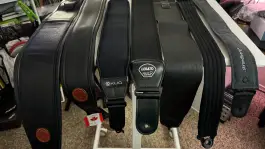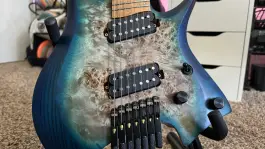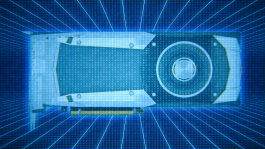Motovlogging has gained immense popularity in recent years, as it allows vloggers to showcase their passion for motorcycles and share their adventures with a like-minded audience. This unique form of vlogging puts great emphasis on the importance of quality audio, as capturing the raw sound of the motorcycle and the rider’s voice are essential aspects of the overall experience. As such, selecting the right microphone for motovlogging is a crucial step in ensuring the videos have the desired impact on the viewers.
Understanding the varied requirements of motovlogging, numerous brands have introduced microphones specifically tailored to cater to this niche. These microphones are designed to capture clear audio while minimizing background noise and wind interference, which are common issues faced by motovloggers. Moreover, integrating the microphones with the camera setup and post-production editing become vital components in delivering a polished, professional motovlogging experience.
When it comes to choosing the best microphone for motovlogging, certain factors like audio quality, ease of use, compatibility with cameras, and budget should be taken into consideration. To help navigate this decision-making process, we have compiled information on top-recommended microphones and other essential motovlogging equipment.
Contents
- 1 Top Recommended Microphones for Motovlogging
- 2 Understanding Motovlogging
- 3 Importance of Quality Audio in Motovlogging
- 4 Choosing the Right Microphone for Motovlogging
- 5 Other Essential Motovlogging Equipment
- 6 Integrating the Microphone with Cameras
- 7 Minimizing Background Noise for Clear Audio
- 8 Post-Production and Editing
- 9 Reaching Your Audience
- 10 Budget Considerations
- 11 Frequently Asked Questions
- 11.1 Which external mics are compatible with GoPro for motovlogging?
- 11.2 How do Rode microphones perform for motovloggers?
- 11.3 Which is the better option: Purple Panda or Giant Squid lapel microphone?
- 11.4 What factors to consider when placing a motorcycle helmet microphone?
- 11.5 Which voice recorder is most suitable for motovlogging?
Top Recommended Microphones for Motovlogging
Purple Panda Lavalier Lapel Microphone
- Capture high quality audio for your interview or podcast with this dual lavalier microphone kit; its Plug and Play design is quick and easy to use; no need for batteries or complicated settings; perfect for 2-person interviews, podcasts, and vlogging
- Compact 9-in-1 bundle; includes 2x Lavalier mics with 4.9ft cord and TRRS plug, 2x 9.8ft extension cord, TRS (2 Ring) adapter, Y Splitter (2 mics into 1 device), 2x fuzzy windscreen, 2x foam pop shield, 4x durable lapel clip, carrying pouch and carabiner; this lav mic kit has everything you need for professional quality audio
- Compatible with iPhone* (*iPhone 7 and above require Lightning to 3.5mm Adapter – Sold Separately, not included); iPad*; Android* Smartphones and Tablets (*iPad Pro and *Android devices without a 3.5mm headphone port require a USB-C to 3.5mm Adapter – Sold separately, not included); DSLR cameras; Zoom and Tascam recorders (DR-40 not compatible); other device exceptions may apply
Last update on 2025-03-29 / Affiliate links / Images from Amazon Product Advertising API
One popular choice for motovlogging enthusiasts is the Purple Panda Lavalier Lapel Microphone. This small and portable mic delivers excellent audio quality while minimizing distracting wind noise. It is compatible with various recording devices, such as smartphones and cameras, and comes with a convenient adapter set.
Rode SmartLav+
- Lavalier Microphone f Smartphones Tablets with Foam Pop Shield Mounting Clip
Last update on 2025-03-29 / Affiliate links / Images from Amazon Product Advertising API
The Rode SmartLav+ is a professional-grade lavalier microphone that offers high-quality audio for your motovlogs. Designed explicitly for smartphones and tablets, it is easy to use and captures crisp audio during your rides. As a bonus, the Rode SmartLav+ is also a popular choice among filmmakers and broadcasters.
Audio-Technica ATR3350
No products found.
The Audio-Technica ATR3350 is an omnidirectional condenser lavalier microphone that provides clear and natural sound. It efficiently blocks out background noise, including wind. However, it might not capture the full depth of your motorcycle’s exhaust sound. Despite this, the ATR3350 is an affordable and reliable option for motovlogging.
Pop Voice Lapel Microphone
- Never miss it: Order it now! Lapel microphone for iphone will be more suitable for iphone lavalier lapel microphone than the mic you have before. It performs significantly better than majority of the built in microphones. Lapel mic is suitable for recording film, interviews, YouTube, video, network sing, auditorium and classroom setting, playing games, selfier shooting and wherever iphone microphone may be necessary to record audio in loud and clear quality. No battery required.
- Extra-long cord: Lavalier microphone cord is 16 feet!!! Perfect in every possible recording scenario. You don’t have to worry about short distance for recording sound. Move around freely when doing video recording!!!
- By the Original Phone Adapter that comes with your iphone, the mic will work on iphone 7 and on 7 plus, on iphone 8, on 8 plus, on iphone 12,12 pro, on iphone 11, 11 pro and on iphone X. Note: You already have it- mic for android. With an extra storage pouch, you can bring your microphone wherever you go.
Last update on 2025-03-29 / Affiliate links / Images from Amazon Product Advertising API
The Pop Voice Lapel Microphone is another budget-friendly option suitable for motovlogging. With its noise-cancellation technology, this microphone ensures that your audio remains clear and free from wind interference. It is compatible with various devices and comes with a lengthy cable for added convenience.
BoomX D2 2.4Ghz wireless lapel mic kit
Last update on 2025-03-29 / Affiliate links / Images from Amazon Product Advertising API
One great option to consider is the BoomX-D2 2.4G wireless lapel mic kit. Not only does it fit within a more modest budget for a wireless, two-person lapel mic system, but it also offers a rechargeable battery, a wireless range of 164 feet, and a standby time of up to five hours. This microphone is perfect for those looking to get started in motovlogging with another person or upgrade their current setup to wireless without spending a fortune.
Understanding Motovlogging
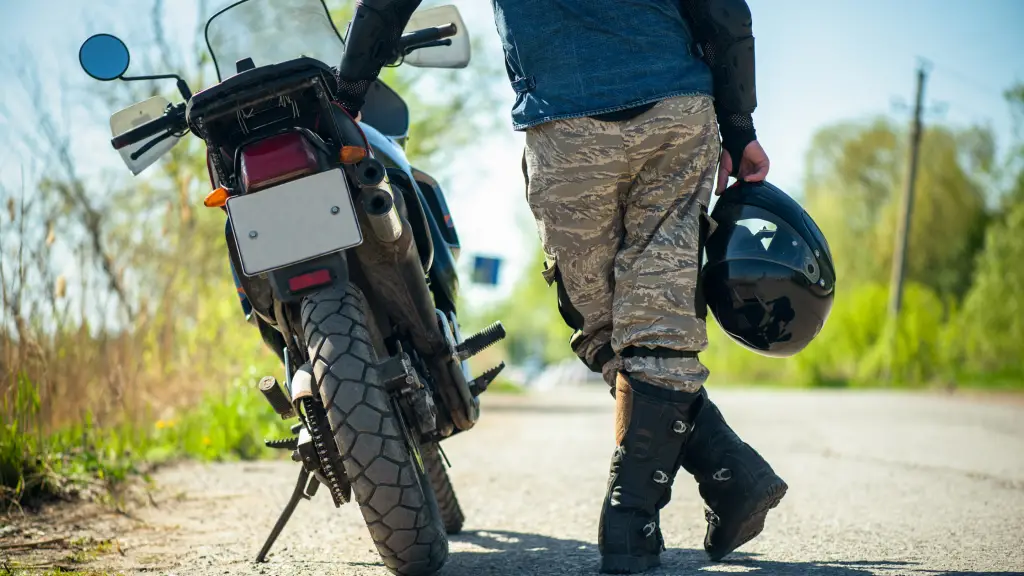
Motovlogging is an emerging trend in the online video content world where motorcycle riders create video documentation of their experiences, often while riding. These videos, typically shared on platforms like YouTube, offer a unique perspective of the rider’s journey, including scenic routes, thrilling adventures, and even practical tips for fellow motorcyclists. Achieving high-quality audio and video is essential for engaging content that attracts viewers and keeps them coming back for more.
When it comes to video quality, selecting the right camera is crucial. Many motovloggers opt for action cameras that are compact, lightweight, and come with features like image stabilization. These cameras can easily be mounted on helmets or handlebars, providing a first-person view of the ride. Additionally, some cameras have external microphone jacks, allowing for an improved audio setup which is essential for capturing clear and crisp sound.
The importance of good audio quality in motovlogging cannot be overstated. Background noise such as wind, engine sounds, and passing traffic can significantly impact the overall viewing experience, often drowning out the motovlogger’s commentary. To tackle this issue, motovloggers use a variety of microphone options. Lavalier microphones are popular as they can be easily clipped onto clothing or tucked into helmets, providing an unobtrusive setup that captures sound effectively. For those with cameras that support external microphones, opting for a high-quality model can significantly improve the audio experience.
Importance of Quality Audio in Motovlogging
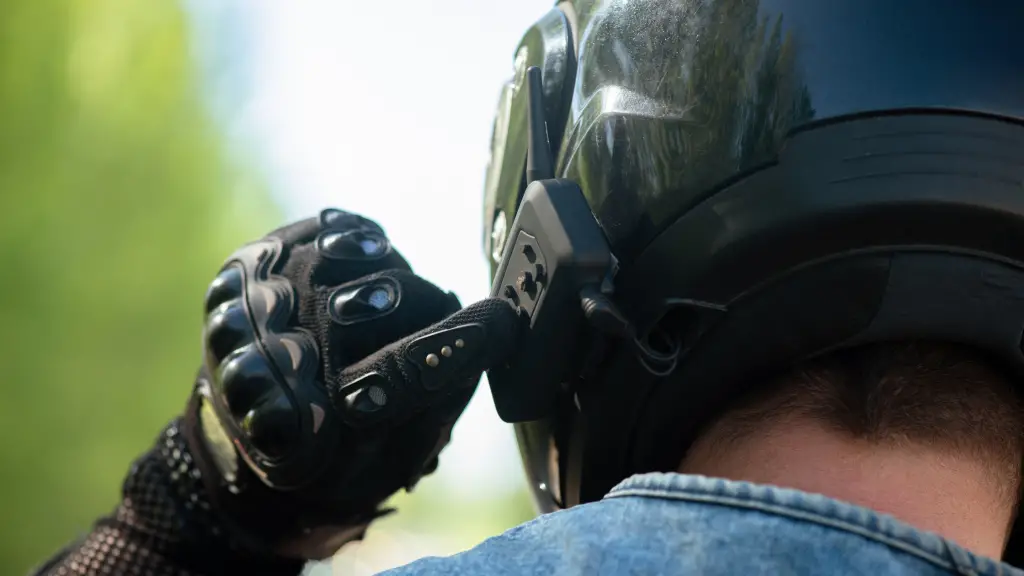
In the world of motovlogging, audio quality plays a significant role in creating an engaging and informative content. Sound quality can make or break a motovlog; viewers are more likely to continue watching when they can clearly hear the commentary while enjoying the visuals of the ride.
Good audio quality ensures that the viewers understand the message and story being narrated. It creates an immersive experience for the audience, allowing them to feel as if they are part of the ride. Clear voice recordings enable the motovlogger to effectively convey their thoughts, emotions, and experiences, ultimately forming a connection with their audience.
Investing in a high-quality microphone for motovlogging is crucial to achieve the desired sound quality. An excellent microphone can help reduce background noise, wind, and other unwanted sounds that may interfere with the commentary. By using a reliable and suitable microphone, motovloggers can ensure that their voice is captured clearly and accurately, enhancing the overall quality of their content.
Choosing the Right Microphone for Motovlogging
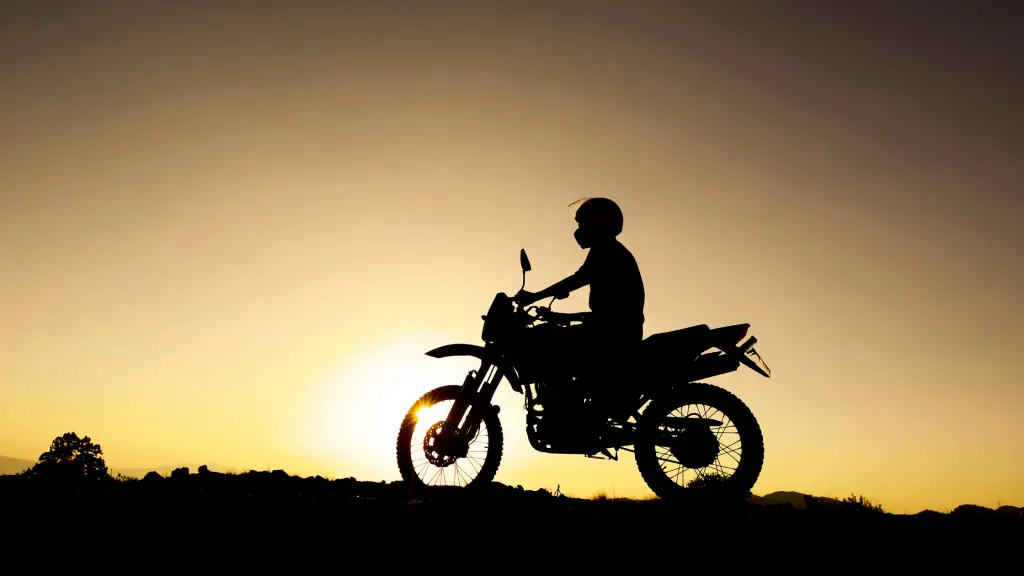
A good microphone can greatly enhance the overall experience for your audience and make the content more engaging. There are several factors to consider when choosing the right mic for motovlogging, such as durability, lightweight design, and sound quality.
One of the most important factors to consider is the type of microphone that will best suit your needs. Two main types of microphones are commonly used in motovlogging: directional microphones and omnidirectional lavalier microphones. Directional microphones, also known as shotgun mics, offer superior sound quality by focusing on the audio coming from a specific direction. However, they can be somewhat bulky and may not always be the best option for motovlogging.
On the other hand, omnidirectional lavalier microphones, also known as lapel mics, are small, lightweight, and offer excellent sound quality. These microphones are more discreet and can easily be attached to the rider’s jacket or helmet. Some popular omnidirectional lavalier mics for motovlogging include the Purple Panda Lavalier Lapel Microphone Kit and the Audio-Technica ATR3350 Omnidirectional Condenser Lavalier Microphone.
When choosing a motovlogging microphone, it’s important to prioritize durability. Riding a motorcycle exposes the microphone to various weather conditions, such as wind, dust, and rain. Look for a microphone with a sturdy build and, if possible, a water-resistant design to ensure it can withstand these elements.
Another key factor to consider is the microphone’s compatibility with your recording equipment. Make sure the microphone you choose is compatible with your camera or recording device; some cameras may require an external microphone jack for connection. Additionally, consider options that can easily be mounted on your helmet or chest mount, as these can provide better sound quality while minimizing wind noise.
Other Essential Motovlogging Equipment
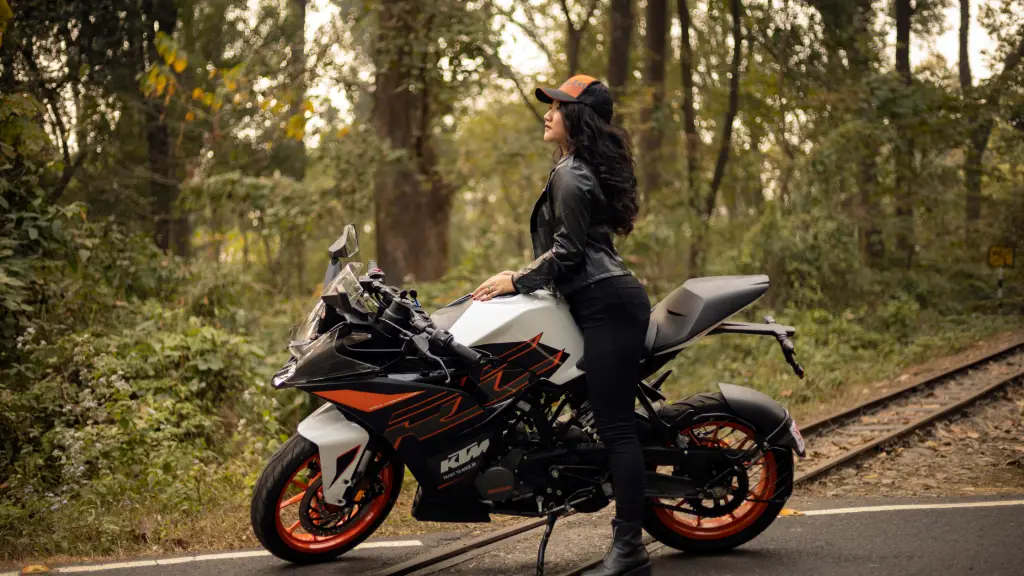
In addition to finding the best microphone for motovlogging, there are several other essential pieces of equipment needed to create high-quality motovlogs. This section covers the recommended gear for a successful motovlogging setup.
A high-quality action camera is vital for recording exciting motovlogs and capturing dynamic footage. GoPro is a popular choice among motovloggers due to its durability, 4K resolution, and image stabilization features. However, other action cameras such as the DJI Osmo Action provide similar quality and functionality.
A sturdy helmet mount is necessary for attaching the action camera to your helmet. There are different types of mounts available, including chin mounts, side mounts, and top mounts. The choice of mount depends on the desired camera angle and personal preferences. Always prioritize safety and choose a mount that complies with the helmet manufacturer’s guidelines.
Reliable memory cards are essential for storing footage. High-capacity cards with high-speed data transfer, such as the SanDisk Extreme series, are recommended. Back up your footage regularly to prevent data loss.
An adapter may be required to connect the microphone to the action camera, for instance, a GoPro audio adapter. The compatibility of the adapter depends on the microphone and action camera used, so ensure the adapter meets the specifications of the devices.
An extra battery or a power bank can be helpful to ensure uninterrupted recording, especially during long rides. Investing in a spare battery or a high-capacity power bank can save a motovlogger from disappointment caused by drained batteries.
A tripod is an excellent accessory for motovloggers who make multi-angle shots or need a stable base for their cameras. Compact tripods, such as the GorillaPod, are portable and provide versatile shooting options.
Laptop and editing software are essential post-production tools for a motovlogger. A powerful laptop can improve the editing process, making it smooth and effortless. There are many editing software options available, depending on the budget and requirements. Popular choices include Adobe Premiere Pro, Final Cut Pro, and DaVinci Resolve.
Lastly, ensure to optimize camera settings according to the environment, lighting, and desired video quality. High-resolution settings, appropriate frame rates, and exposure adjustments can make a significant difference in the final motovlog.
By considering these essential motovlogging equipment elements, motovloggers can produce engaging and high-quality content for their audience.
Integrating the Microphone with Cameras

When it comes to motovlogging, camera and microphone integration is crucial for capturing clear and high-quality audio. The most popular choice among motovloggers is the GoPro action camera, specifically the Hero8 Black. This compact yet powerful camera is known for its superb video quality and versatility, making it perfect for capturing on-the-go videos.
To connect a microphone to your GoPro camera, you will need the GoPro Media Mod. This accessory not only houses the camera but also provides a built-in directional microphone along with a 3.5mm external mic input. This way, you have the flexibility to use various types of microphones depending on your motovlogging requirements. Keep in mind that choosing the right microphone will be essential to ensuring the best audio quality while riding at high speeds.
For those using DSLR cameras for motovlogging, external microphone integration is relatively straightforward. Most DSLR cameras come with a built-in 3.5mm microphone input, allowing you to plug in the appropriate mic directly. This can provide a more professional audio setup, as DSLR users have a wider range of available microphones to choose from.
Regardless of the type of camera you use, it is essential to securely mount both the camera and the microphone to your helmet or motorcycle. A variety of mounts are available for action cameras like the GoPro. Meanwhile, specialized mounts can be purchased for DSLR cameras. Quality mounting solutions will help ensure the stability of your recording equipment while you ride, reducing the risk of losing your gear or suffering from damaged footage due to vibrations.
Minimizing Background Noise for Clear Audio
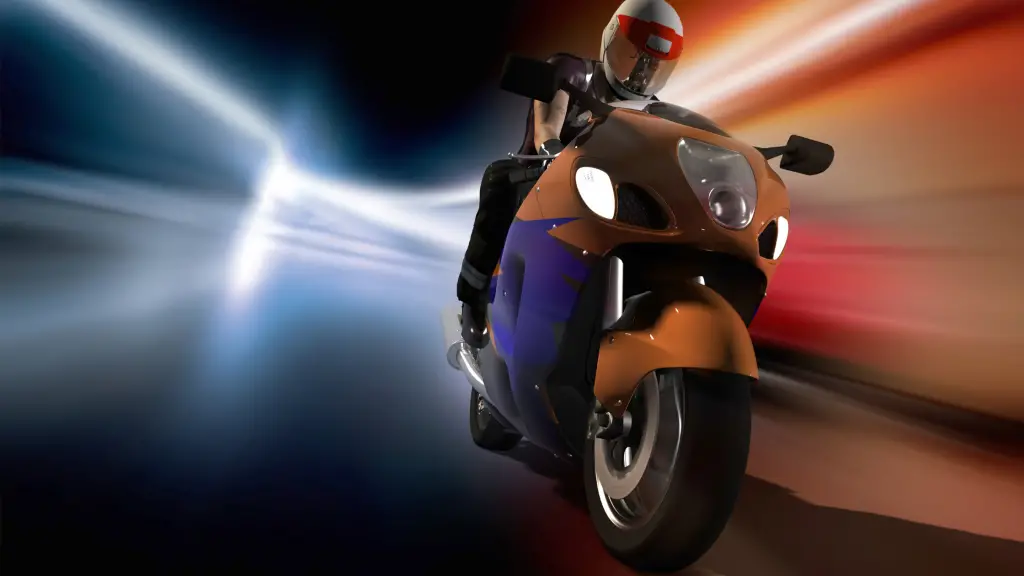
Motovlogging requires capturing clear audio amidst various background noises, such as wind and engine sounds. Taking the right steps to minimize background noise is essential for quality recordings.
Adapters play a vital role in improving audio quality. Using a high-quality adapter can significantly reduce unwanted sounds in the recording while allowing the microphone to pick up the intended audio with clarity.
Wind noise is a common issue in motovlogging, and it’s essential to address it to maintain clear audio quality. Using a dead cat or wind muff can effectively minimize the impact of wind noise on the audio recording. These accessories act as a barrier, ensuring that the wind doesn’t interfere with the microphone’s audio pickup.
Reducing background noise caused by various factors, such as traffic sounds, is crucial in motovlogging. One approach is to position the microphone close to the user’s mouth, thereby capturing the user’s voice with greater intensity and minimizing the relative volume of ambient noise.
Metal clips offer a secure way to attach the microphone to the helmet or clothing, minimizing vibrations and ensuring consistent audio quality. Furthermore, adequately fastening the microphone using metal clips helps minimize rubbing sounds that may occur due to the microphone’s movement.
Post-Production and Editing
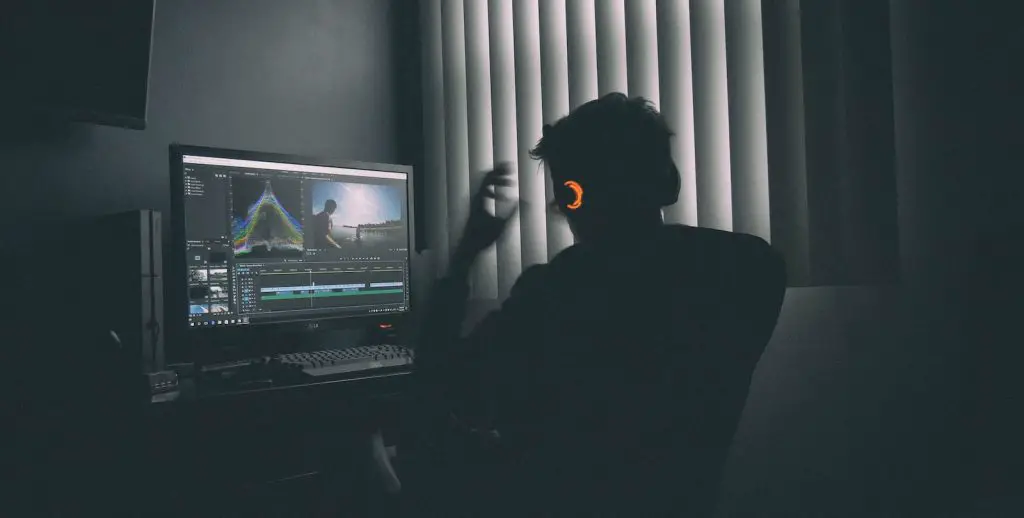
One essential element to consider during post-production is the choice of editing software. There are various options available, ranging from free programs like DaVinci Resolve and Lightworks to professional ones like Adobe Premiere Pro and Final Cut Pro. The choice depends on your budget, requirements, and personal preferences.
Revamping video quality via post-production techniques is vital for a polished motovlog. Apart from stitching together multiple camera angles and clips, adding visual effects, transitions, and color grading can enhance the overall visual appeal. Moreover, stabilizing shaky footage, particularly in action-packed motovlogging scenarios, ensures a smooth and enjoyable viewing experience.
Sound quality is another critical aspect of motovlogging. A key component of sound editing is minimizing background noise and wind interference while maintaining voice clarity. This can be achieved through noise reduction filters, equalization adjustments, and careful audio level balancing.
Often, motovloggers use a mixture of diegetic sounds (i.e., sounds directly recorded during the shoot) and non-diegetic sounds (added sound effects or music) to create engaging and captivating audio. In this regard, selecting an appropriate soundtrack or background music and incorporating sound effects can enrich the overall storytelling and add depth to the motovlogging experience.
In summary, post-production and editing play a significant role in the success of a motovlog. By focusing on video quality, sound quality, and voice clarity through the use of appropriate software and techniques, motovloggers can create engaging and visually appealing content to captivate their audience and build a loyal following.
Reaching Your Audience
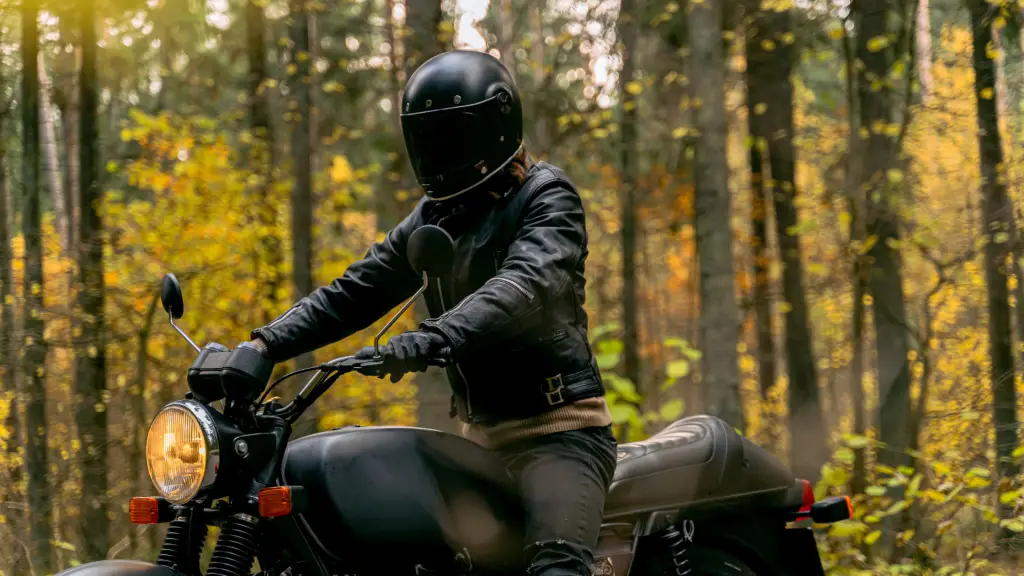
When creating motovlogging content, it is essential to reach the right audience on platforms like YouTube. Identifying and understanding your target audience helps create videos that resonate with them. Here are some tips to help you connect with your viewers effectively.
Firstly, researching your target audience’s preferences and interests can help tailor your content. Analyzing the most successful YouTube channels in the motovlogging niche and understanding their approach to video production can provide insights into what works and what doesn’t.
Secondly, invest in reliable equipment, particularly a high-quality microphone that effectively captures your voice and motorcycle sound. Some popular options include the Rode SmartLav+ and Purple Panda Lavalier Lapel Microphone. Clear audio plays a significant role in holding your audience’s attention and ensuring they can understand your message.
Thirdly, use engaging storytelling techniques to convey information and experiences. Incorporate compelling visuals, text overlays, and animations to keep your audience entertained and informed throughout your videos. Be sure to balance your dialogue, action, and highlights, maintaining a consistent and interesting narrative.
Finally, promoting your content strategically is key to reaching a wide audience. Share your videos on social media platforms, subreddits, and motorcycle forums to generate visibility and attract potential viewers. Engaging with your viewers through comments and direct messages helps build rapport and fosters a loyal following.
Budget Considerations
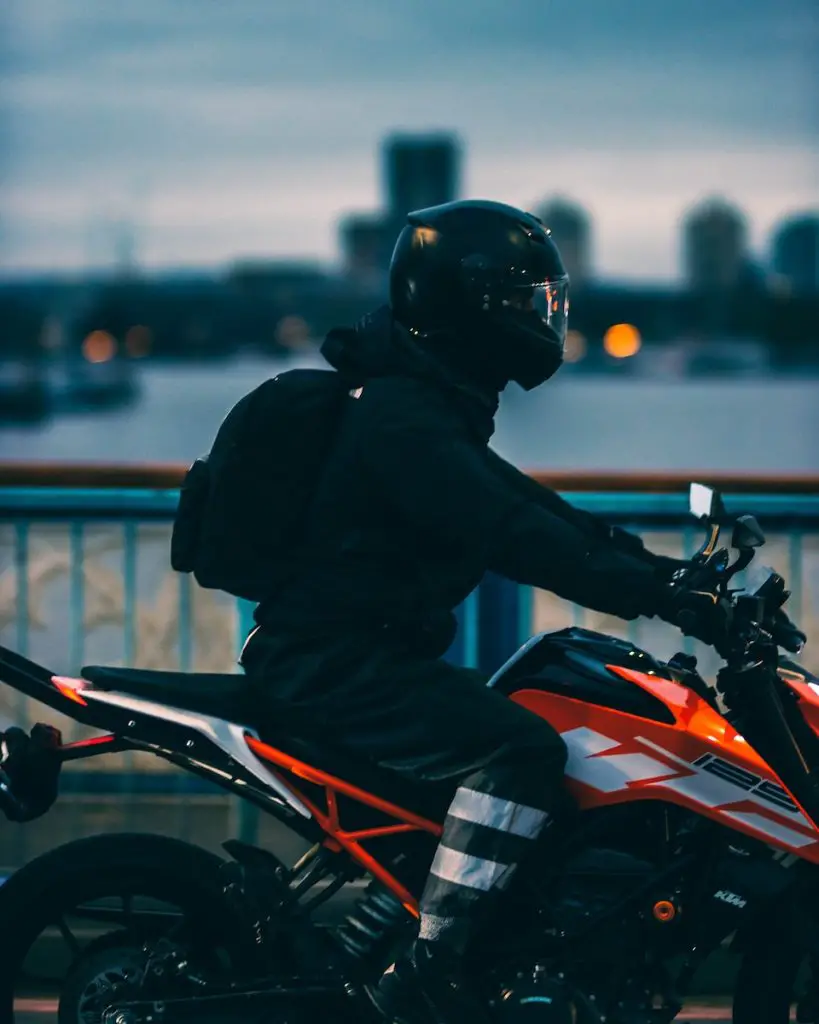
When it comes to motovlogging, staying within a budget is crucial for many content creators. Choosing the right microphone while being mindful of cost can still result in satisfactory audio quality. In this section, we will discuss several budget-friendly motovlogging microphones available in the market.
When shopping for motovlogging equipment within a budget, it’s essential to compare various microphone options and consider their features. Some popular motovloggers recommend the Purple Panda microphone for its affordability and decent audio quality. Another option worth exploring is the AudioTechnica ATR3350 mic, which has also been used for motovlogging.
Lastly, it’s important to remember that sometimes the most affordable option might not be the best long-term investment. Balancing budget constraints with quality audio equipment is key to creating successful motovlogs. By researching and comparing different budget-friendly microphones, you can find the right fit for your motovlogging needs without compromising on sound quality.
Frequently Asked Questions
Which external mics are compatible with GoPro for motovlogging?
Many external microphones are compatible with GoPro for motovlogging, but they usually require an adapter for connection. Popular choices include Purple Panda, Rode SmartLav+, and the Giant Squid lapel microphone.
How do Rode microphones perform for motovloggers?
Rode microphones are known for their high-quality performance and have been praised by motovloggers for their clear audio recording capabilities.
Which is the better option: Purple Panda or Giant Squid lapel microphone?
Both Purple Panda and Giant Squid lapel microphones are popular choices among motovloggers. The Purple Panda mic is known for its versatile use and ease of setup, while the Giant Squid offers great sound quality and robust design.
What factors to consider when placing a motorcycle helmet microphone?
When placing a motorcycle helmet microphone, it is important to consider factors such as wind protection, avoiding direct airflow, and the positioning of the mic near your mouth. Secure placement can help improve audio quality and reduce wind noise during motorcycle vlogging.
Which voice recorder is most suitable for motovlogging?
Choosing a voice recorder for motovlogging largely depends on the individual’s preferences and budget. There are several options available on the market, but it’s important to select a recorder that provides clear audio recording and compatibility with your chosen microphone.


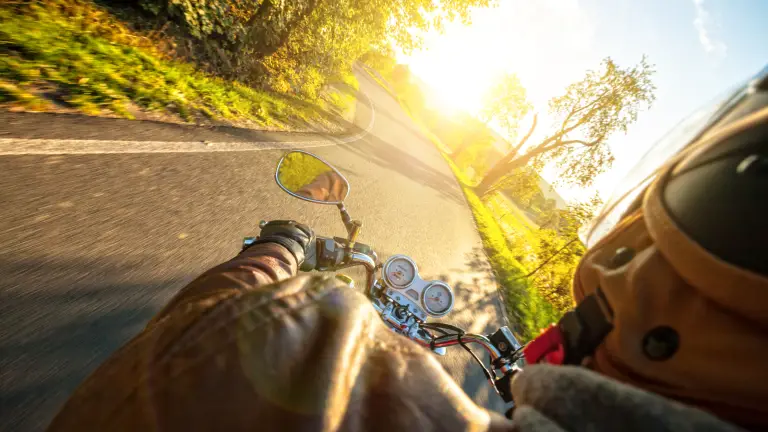




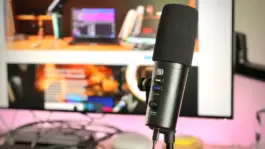
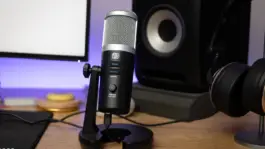
![21 Best microphones for streaming and podcasting [2022]](https://www.creatorbeat.com/wp-content/uploads/2019/08/Creatorbeat-Best-Microphones-For-Live-Streaming-1200x628-Blog-265x139.png)
